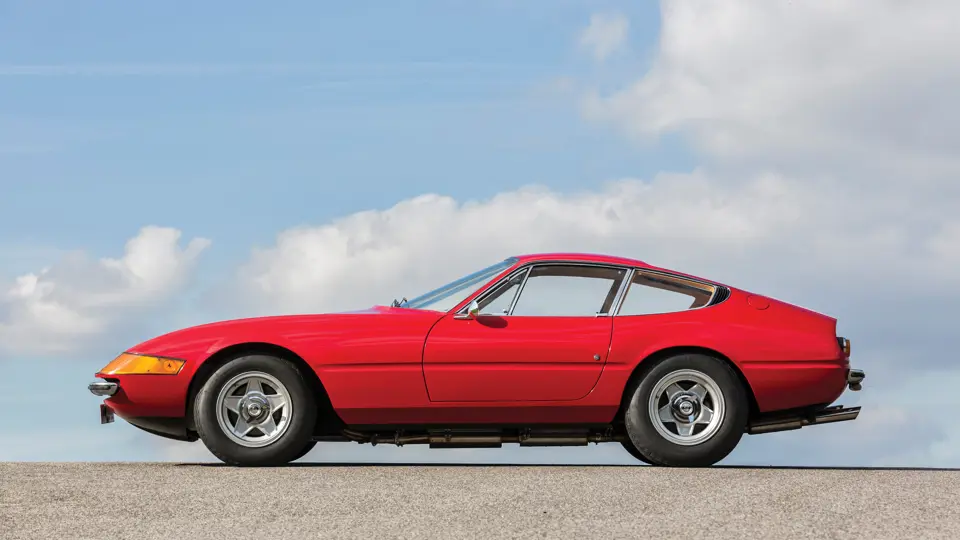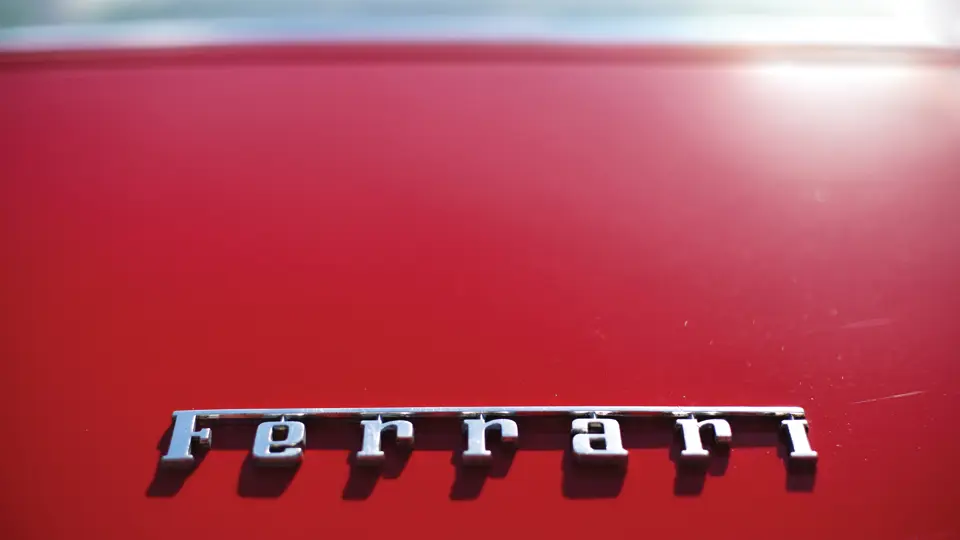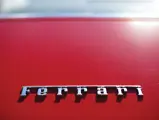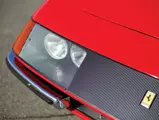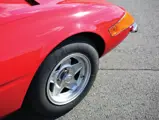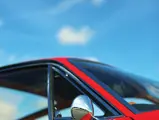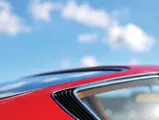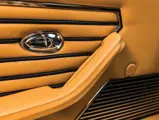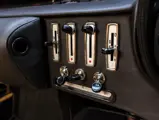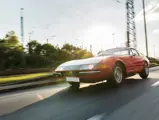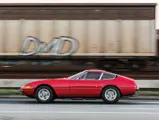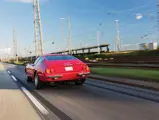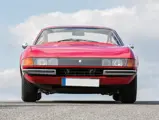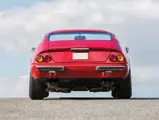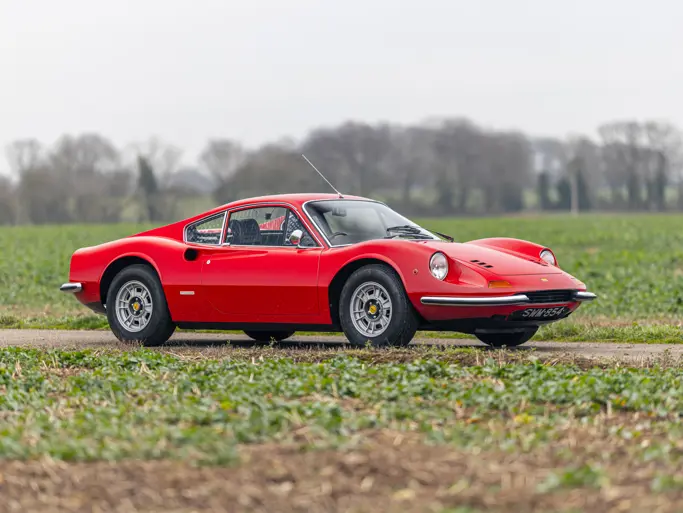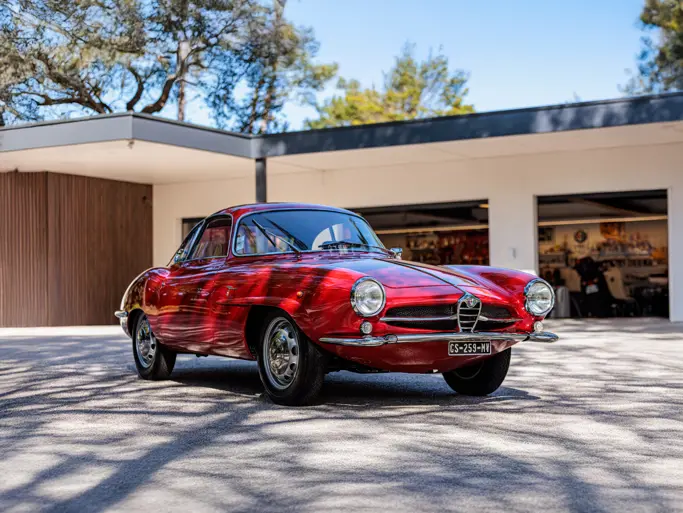320 DIN hp, 4,390 cc DOHC V-12 engine, five-speed manual transaxle, four-wheel coil-spring independent suspension, and four-wheel hydraulic disc brakes. Wheelbase: 2,700 mm
What’s in a name? Conventional wisdom says the “Daytona” moniker was coined by motoring writers after a trio of Ferraris swept the 24 Hours of Daytona in that hallowed Florida venue on 5 February 1967. The factory referred to it as the 365 GTB/4, but that didn’t stop the public from loving it by the nickname and making it one of the most beloved cars of its time to wear the Prancing Horse.
The 365 GTB/4 Berlinetta was introduced at the 1968 Paris Salon and was designed by Leonardo Fioravanti at Pininfarina, whilst Scaglietti built the bodies. The chassis was based on the earlier 275 GTB/4, but the engine was a new 4,390-cubic centimetre, dual overhead-camshaft V-12 that drove through a rear-mounted five-speed transaxle.
The original design had full-width acrylic headlamp covers, but U.S. regulations forced a change to subtle pop-up lights, which were made standard in 1970. The overall shape represented a change for Ferrari, with smoothly flowing lines and a deep crease extending the length of the car on the side. Nearly 1,300 were built in the model’s six-year lifetime.
The world’s infatuation with the Daytona was perhaps best expressed by Le Mans winner and motoring journalist Paul Frère. His tale of hitting 176 mph on the autostrada in 1969, in which he described the radio as useless above 120 mph, has become the stuff of legend: “If you go faster, it’s the engine that makes the music; the finest music of all to the ears of the enthusiast, and the music he can enjoy in a well-sprung car, fitted with such amenities as electric window lifters, air conditioning…and a really capacious luggage locker—a Grand Touring car par excellence”.
A ROCK STAR’S DAYTONA
Chassis number 13775 is a desirable early Daytona, as it is one of only five hundred thirty first-series cars fitted with the desirable Plexiglas nose, and it also features a slightly different interior, with a 1960s-style wooden steering wheel. Records of Swiss Ferrari historian Marcel Massini document it as having been originally built in the iconic Rosso Ferrari (20-R-187) over Nero (VM 8500) and with right-hand drive. It was completed by the factory on 15 September 1970 as order number 22 from Colonel Ronnie Hoare’s Maranello Concessionaires, the London Ferrari dealer.
Pininfarina displayed this car between 14 and 24 October 1970 at the 55th annual London Motor Show at Earls Court, which was undoubtedly one of the first times that many British enthusiasts got a look at Ferrari’s new berlinetta. Afterward, also in October, the car was registered to Ralph David Ltd., of Potters Bar, Hertfordshire, and it was later sold to Hexagon Motors, of Highgate.
In 1973, the car was sold to one of the most iconic rock musicians of its era, Marc Bolan, the front man of the tremendously successful T. Rex. T. Rex’s hits during this period included such legendary songs as “Hot Love”, “Children of the Revolution”, and, most famously, “Get It On”. The Daytona was fitting transportation for a glam rocker, and he drove this car in London during the greatest years of his career, with it licensed as VNK IJ.
The car was later sold to Anthony Wolf Motors, of Middlesex, England, and next passed to British enthusiast Terry Nichols. In 1979, it was exported to Japan, forming part of the prominent Yoshida Collection, where it remained for 10 years. After this period, it returned to England and was mechanically rebuilt by Rardley Motors.
Between 2009 and 2012, the car received a thorough restoration, which was performed by noted German Ferrari specialist Rothe, at a cost of 250,000 EUR, and invoices for this work are on file. It retains its original matching-numbers engine, and it has been refinished in its original livery both inside and out. Most importantly, it has enjoyed a continuously known history since new, which has involved such great names in Ferrari history as Hoare and Yoshida, and it remains one of a few genuine right-hand-drive Daytonas. It is offered here in London, where its spectacular life began at Earls Court 44 years ago.
Photos: Roman Rätzke




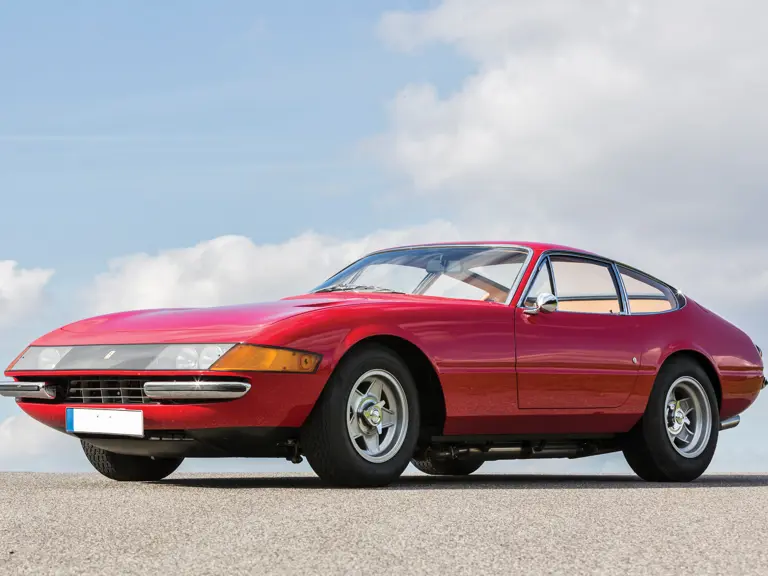
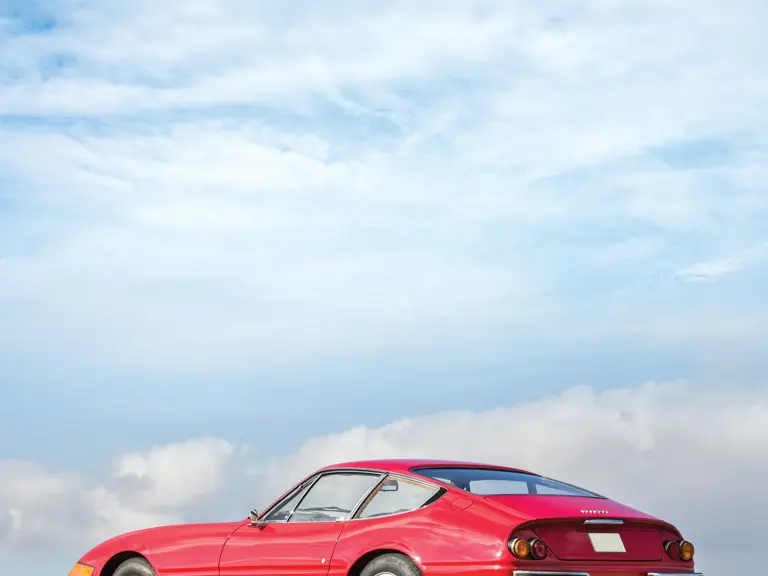
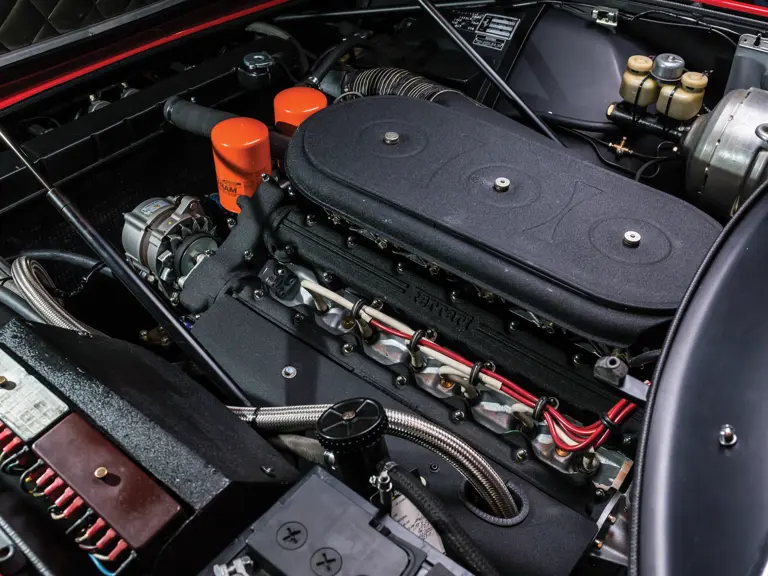
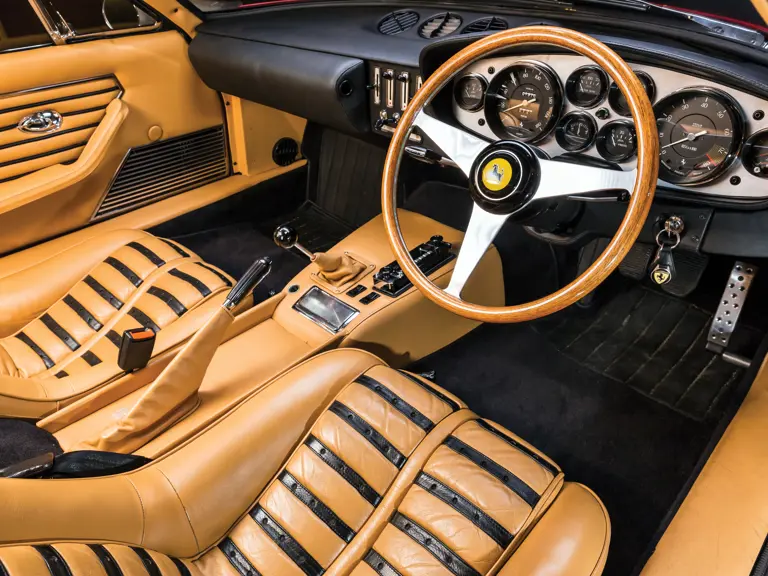
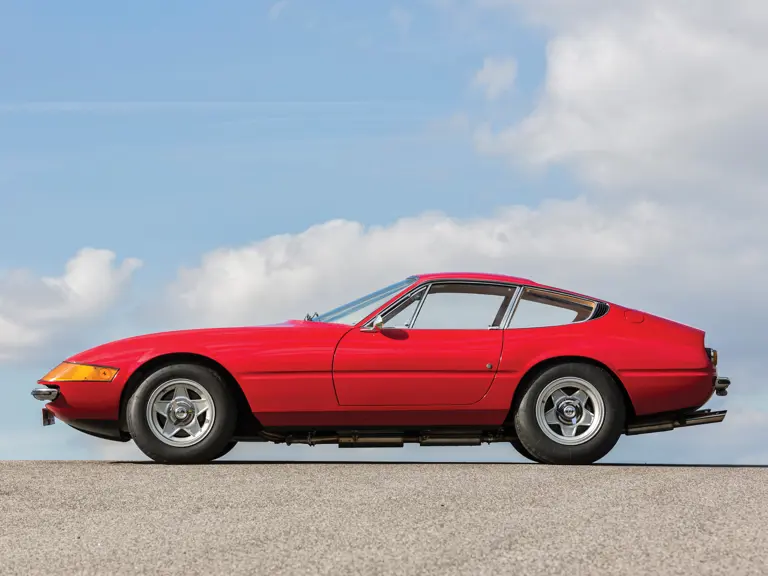
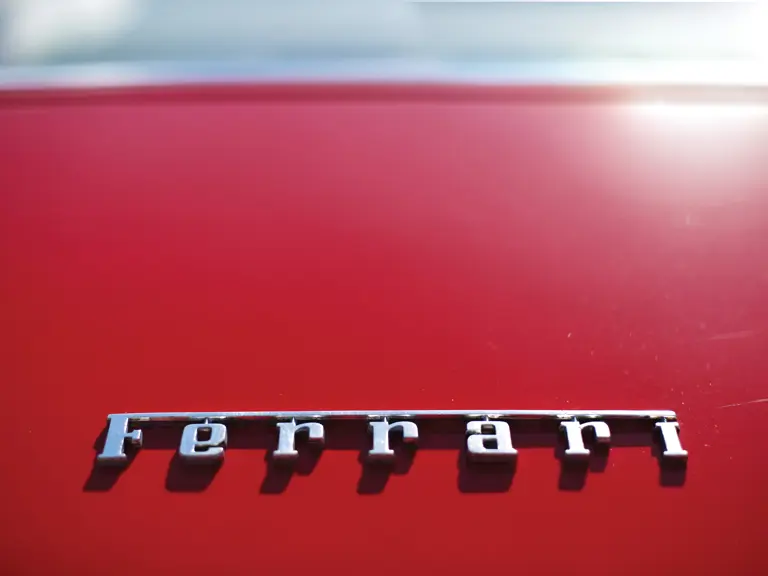

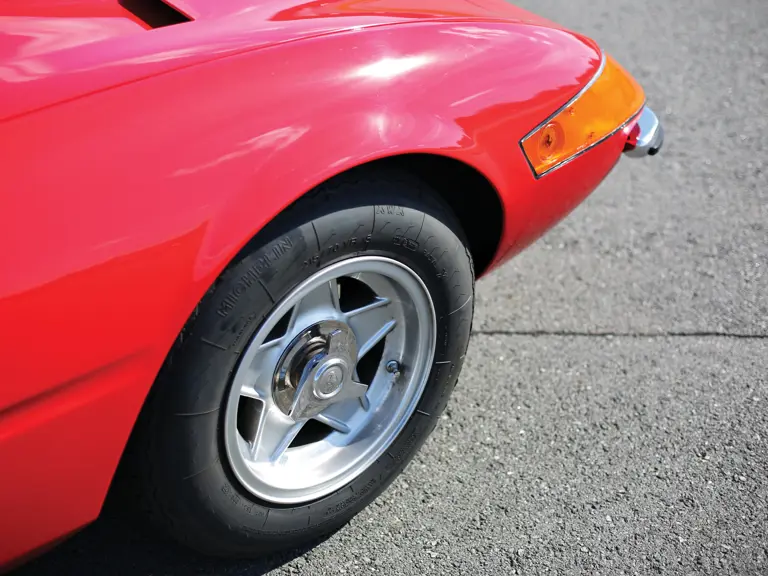



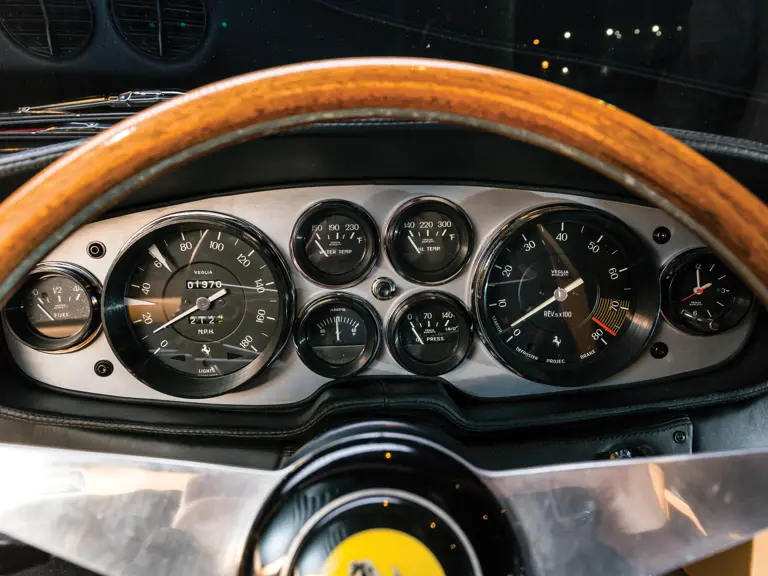
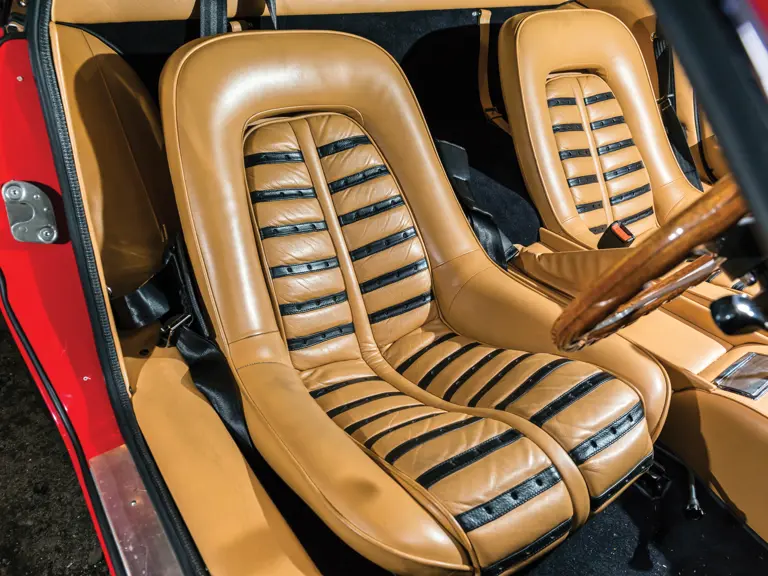
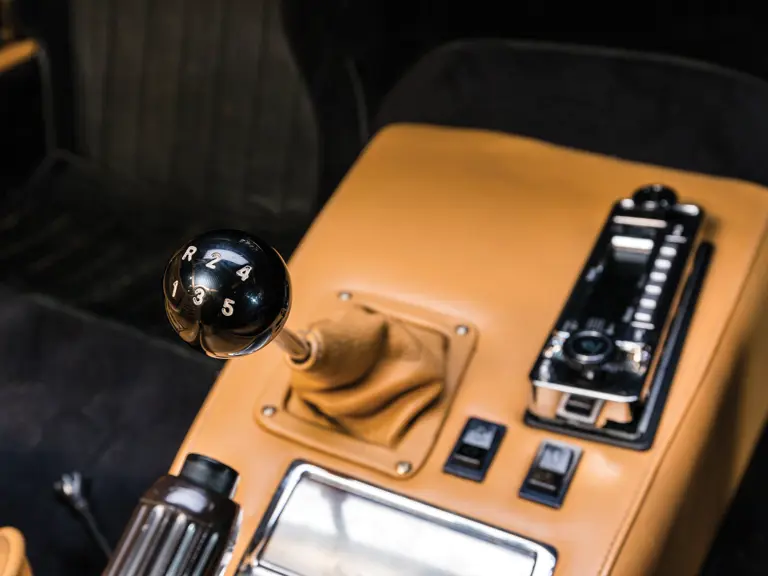
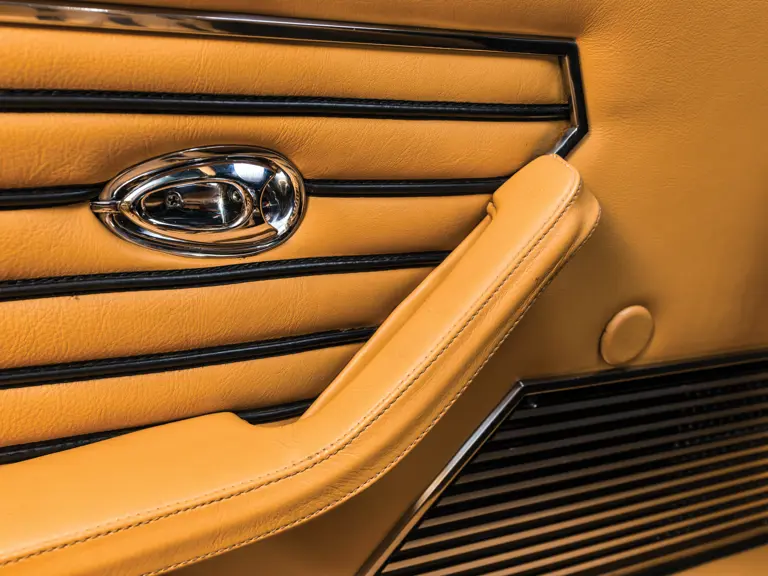

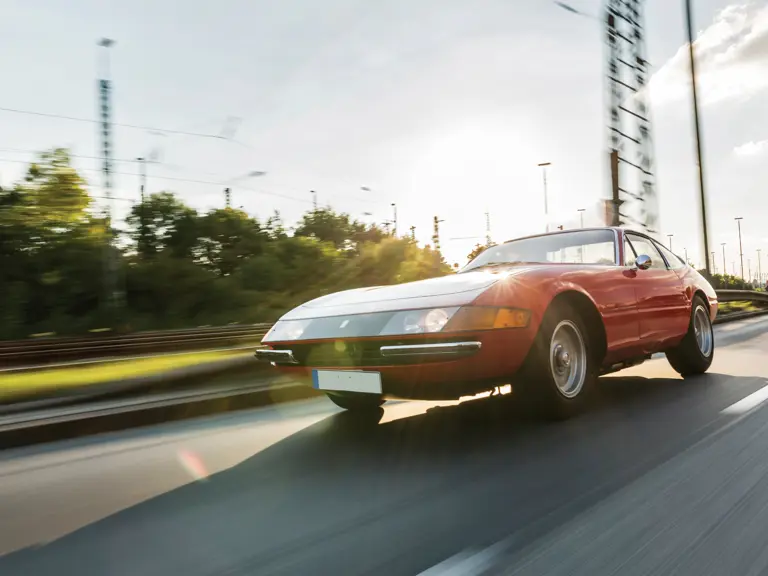
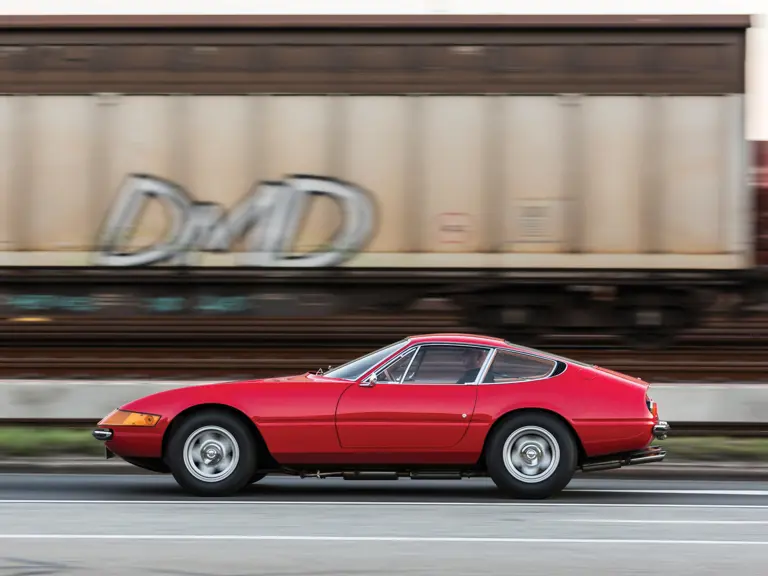
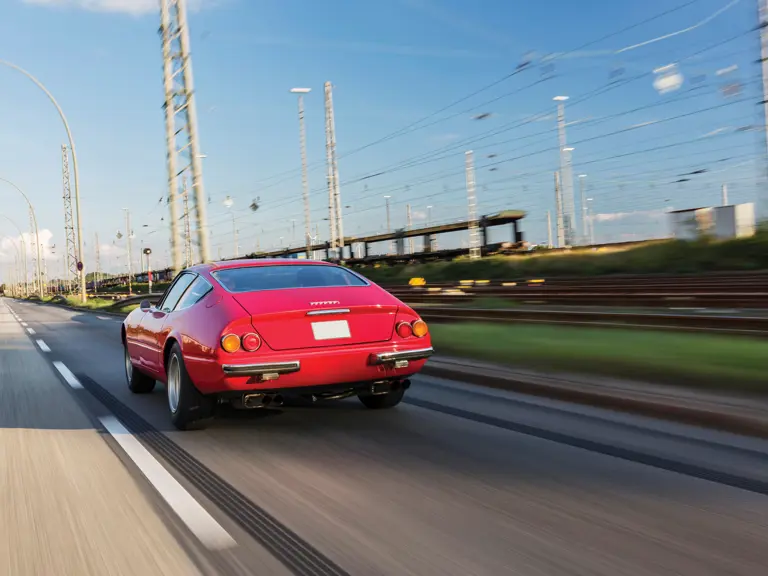
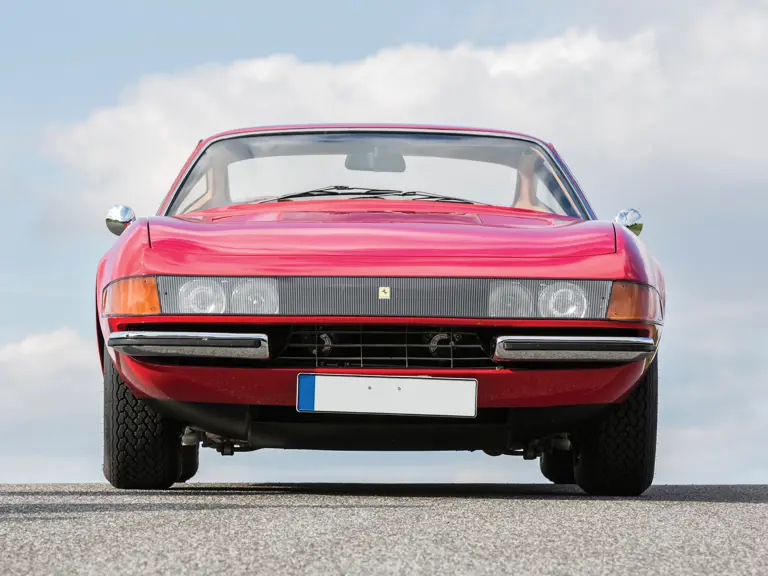
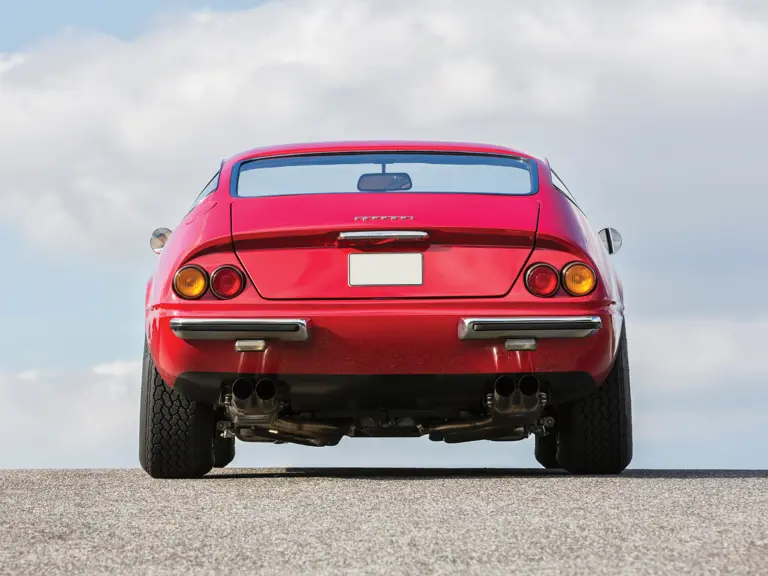

 | London, United Kingdom
| London, United Kingdom
